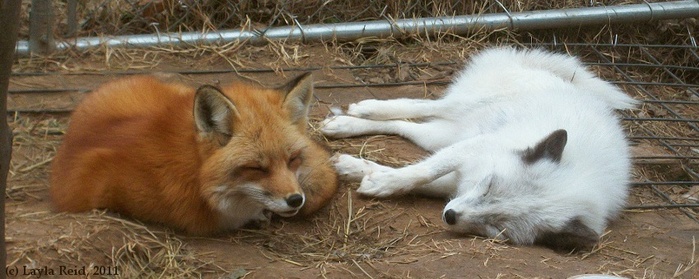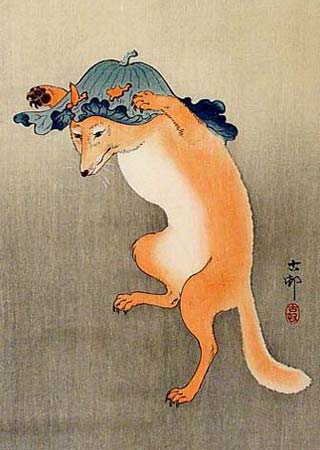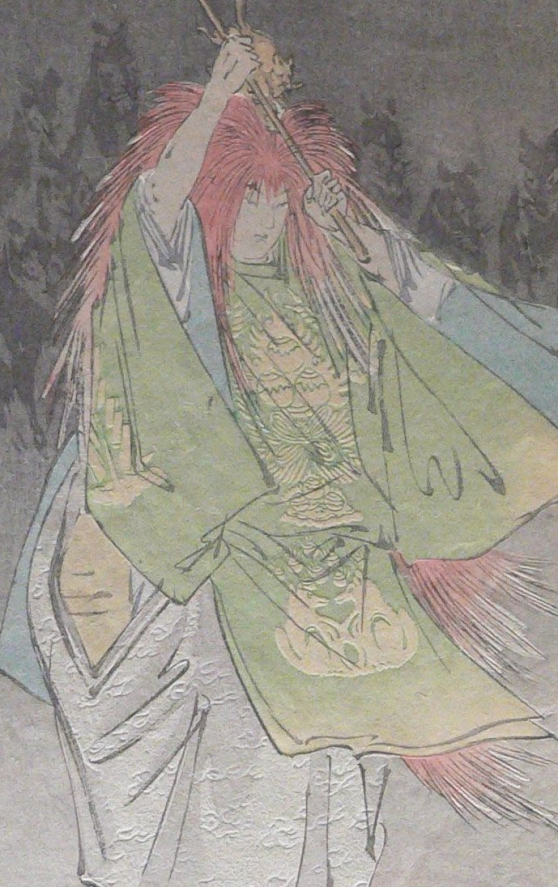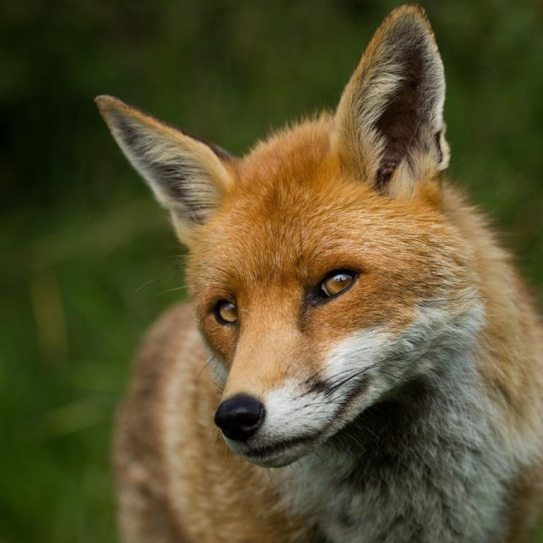In this post I am going to talk about my experience in working with both Inari-Ōkami and Loki. Please note that this is my personal experience and will not apply to everyone!
Introductions
I have had my Inari-Ōkami kamidana for many years now and when Loki requested an altar I was worried that their energies may not work together. I made sure to meditate and ask Inari-Ōkami what she thought about bringing Loki into my life and her response was along the lines of “As long as he has his space and I have mine, I have no problem with it.” In her ‘voice’ I felt a kind of fondness, as if Inari-Ōkami already knew Loki and he was an old friend. I found this interesting but accepted that there would be no issues and soon created an altar for Loki.
Similarities between Inari-Ōkami and Loki
Foxes
Both Inari-Ōkami and Loki are associated with foxes. With Inari-Ōkami, her messengers are white foxes that are often seen as statues at her shrines. Sometimes black, red, yellow and other colour foxes are also associated with her. With Loki, the fox is a trickster animal in many cultures across the world and although there is no association with foxes historically, modern Lokeans and pagans have come to associate him with the fox. I personally associate Loki with the red fox and fire fox spirits.

Shapeshifters
Japan has a huge amount of fox lore and they are believed to be shapeshifters and have supernatural powers. They are believed to be able to shift into human form and there are stories in which foxes trick humans in this manner. Foxes are believed to be neither good nor evil and can go either way largely depending how they are treated by humans. Inari-Ōkami themselves is also a shapeshifter and there are stories in which she transforms into a spider, dragon and other animals. Loki is also a shapeshifter in the eddas and has transformed into many creatures including a mare, a salmon, a fly and even an old women.

Tricksters
Although Inari-Ōkami herself is not a trickster god, there are many aspects of folklore which associate her with this. People who do not understand Inari-Ōkami so much are wary of her, believing that if you anger the ‘Inari god’, they will play a cruel trick on you. In my personal experiences this is not so farfetched. Shinto kami will often let you know when they are unhappy and will send out ‘reminders’ – usually things that go wrong or items that get destroyed or lost. At this time this is upsetting but these events always lead to new opportunities.
Loki is primarily regarded as a trickster god or a god of chaos. These labels seem to have come from him not really being on anyone’s side, not being good nor evil. These aspects make him very similar to other trickster gods and so we can see why he fell into this description. Loki is more than that of course – he is a god of change, of fire, of the down-trodden, the disabled, the ‘freaks’ and everyone else who doesn’t fit in.
Gender
Both Inari-Ōkami and Loki can be seen as male, female, androgynous or null of gender. Inari-Ōkami is considered to be an old man carrying a rice basket, a young female or a androgynous person. Loki, although referred to as male is often seen as androgynous and being a shapeshifter often transforms to a female form. A great example is when Loki mated with the stallion Svaðilfari by transforming into a mare in heat. The resulting foal was Odin’s steed, Sleipnir. Also of note is that both Loki and Inari-Ōkami are often portrayed with red hair.

How I work with both Inari and Loki
When I first started working with Loki I felt that maybe there would be a power balance between him and Inari-Ōkami. I didn’t want one deity to feel favored over another, or one to get angry or upset at not receiving attention. I soon found out that this wasn’t actually the case. I still think of Inari-Ōkami as my ‘main’ deity, I live my life with Shinto values in mind and she is my biggest influence. I feel that she is always there and accessible to me. I try to make daily offerings – though recently I haven’t because of my mental and physical illness – and do bi-monthly and seasonal ceremonies.
With Loki, it feels as if he’s also there a lot of the time but almost like he’s independent and wandering around. My partner also reveres Loki so maybe he is with him half of the time! Even though I don’t work with Loki all the time, he is always there when I need him. At times I feel down he is always letting me know he’s around in subtle signs or even talking and dreams. He is my supporter, my therapist, my friend and my brother.
There is no clash at all with Inari-Ōkami and Loki and they work well together incredibly well. I feel that they compliment each other well and their similarities make it easy for me to work with both of them.

Loki as a form of Inari
(This is a bit controversial and is of course only my opinion from my experience in working with both of these deities, I am not speaking for any community or anyone else.)
I feel that Loki may be very much a part of Inari-Ōkami’s energy. I believe that all kami are part of a great universal energy. This energy has many faces and we can only name some of them. According to Fushimi Inari Taisha, the lead Inari shrine in Japan, Inari-Ōkami is made up of five different kami. These five kami can all be worshipped separately or as a part of Inari-Ōkami.
Many kami are made up as other kami, there may be hierachies within kami too. The world of kami is incredibly complex and something we can never understand living as humans.
I feel that Loki and Inari-Ōkami share similar energies and a few times when working with them I have almost felt them ‘merge’. I wonder if Loki is made up of some of the same energy that Inari-Ōkami is; it would certainly make sense with foxes and the ‘fox god’ being associated with tricksters in Japan, and Loki’s reputation of being a trickster.
I hope to explore this a lot more in the future! It seems an interesting concept and I want to work with their energies more. Of course, when kami are similar, or even regarded as the same, they are still separate. And so I think that of Loki and Inari-Ōkami too. I will always enshrine them separate as I know not to mix Shinto with Pagan altars. Perhaps a meditation talking to both of them would help, who knows!
In Closing
It was fun to write these posts as I think not only do they reveal a bit about the deities themselves, but also a bit about me and my practices. Working with Loki and Inari-Ōkami feels like a perfectly balanced relationship and it makes me feel like something in my life is stable and valuable.
I will be sure to write more about Loki and Inari-Ōkami in the upcoming months as I feel that they have an awful lot to teach me!


Loki gets around, also having a tendency to bring along friends, whysosirius a lokean has had inari arrive in recent times, gods etc talk to each other and turn up all over.
I am Loki’s, but I have met many others on my travels, inari is cool, anyways they are similar in many ways,
Thank you for sharing your experience! This sounds familiar to me.
I think, it helps me a bit more for understanding a path I chose.
Thank you so much for writing and sharing this three part series! I was researching to see if anyone else had experienced a similarity between the two and this was informative and helpful.